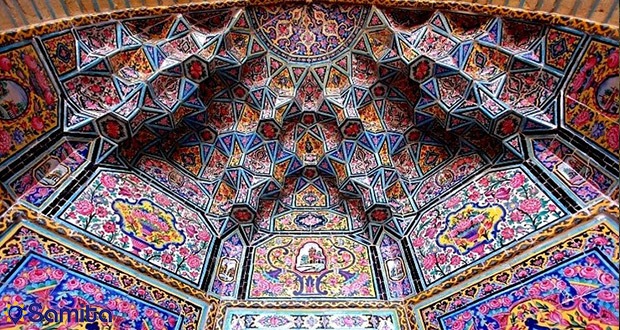Arabesque is one of the crafts representing Islamic and Arabic arts at its finest, going as far as a thousand years. Arabesque plays an integral role for in the manufacturing of furniture with its carefully crafted patterns. Arabesque uses complicated, overlapping and intersecting geometric motifs that shed a unique Arabic glamour as an art piece.
How Arabesque is a staple of Islamic-Arabic Art?
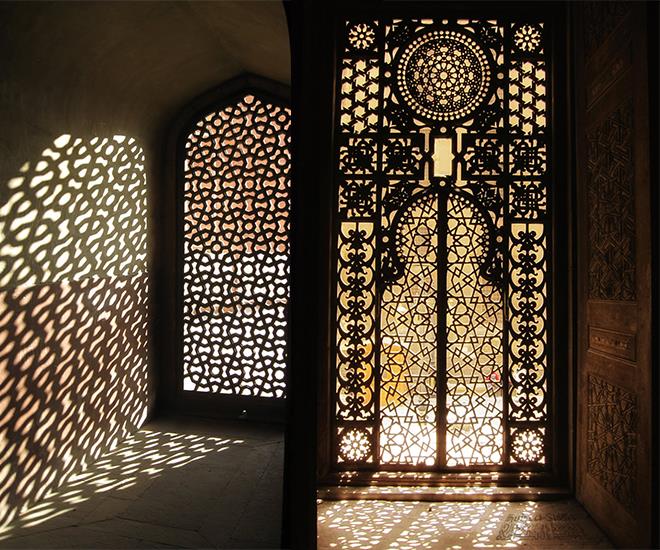
Arabesque art was birthed by the spirit of the Arab world as well as Islamic teaching that frowns upon using human and animal images in art leaving Muslim artist instead to use repeated series of geometric shapes to decorate architecture and furniture, with the patterns using plant motifs carved in the shape of flowers, leaves, and fruits, to break the rigidity of the wooden piece, and give it life.
The Arabic-Muslim artist used a clever form of abstract, breaking these plant decorative units into fine pieces of geometric shapes, with a meaning of f permanence, survival, and eternity as opposed to the living flower for example that would eventually whither.
Arabesque art depends on filling the surface with endless repetitive drawings as if there was a fear of emptiness. By repeating and intersecting drawings, the artist creates visual illusions of depth and three dimensions in what is in fact a flat, one-dimensional object.
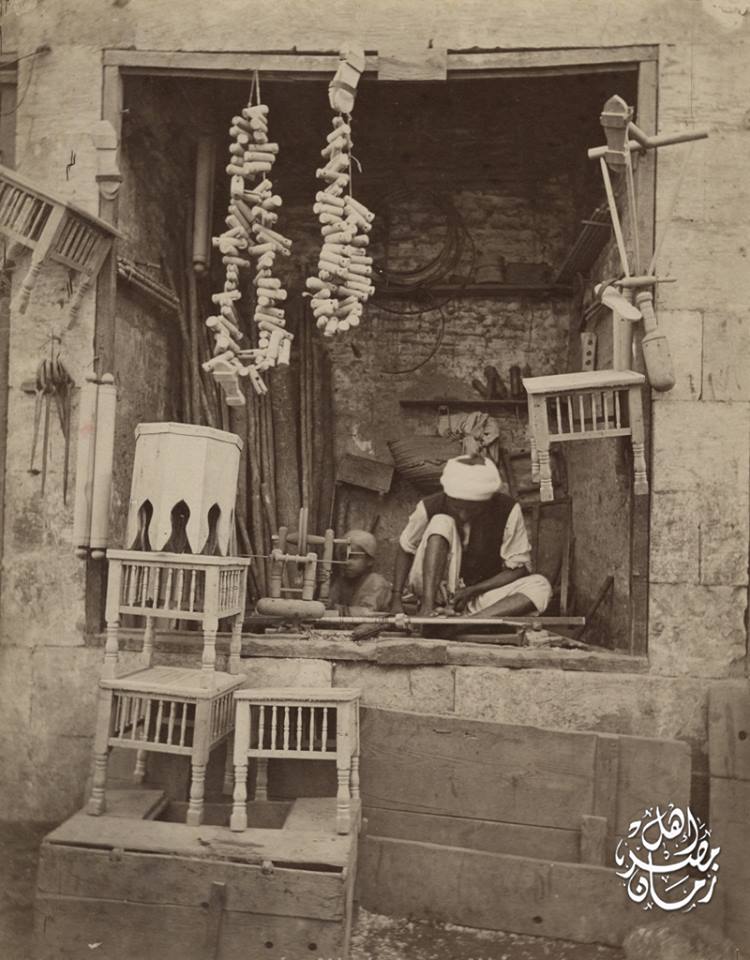
In a way it symbolizes the unity of faith and the way traditional Islamic cultures view the world. Arabesque art is also considered by many in the Islamic world as a symbol of the infinite power of God Almighty, the Creator. Moreover, the Islamic arabesque artist conveys the transcendental spiritual feeling in man to higher levels. The art is simple yet immensely creative and gives a sense of tranquillity and calm representing the meaning of art and the wonderful creativity of Islamic art.
Where and when did Arabesque come to life?

This unique art started at the beginning of the Fatimid state era in Egypt. The repeated wars by the young state required the use of huge amounts of wood to make weapons and military equipment. The small pieces of wood left behind were sent to the carpenters and craftsmen, who would then use them to make simple geometric shapes, which they used in the manufacture of windows inlaid with wooden pieces. This became the first time to manufacture, “mashrabyat” in Egypt which are windows that would give home owners privacy, while they could see outside no one could see inside.
How did Arabesque move from Egypt to the rest of the Islamic world?
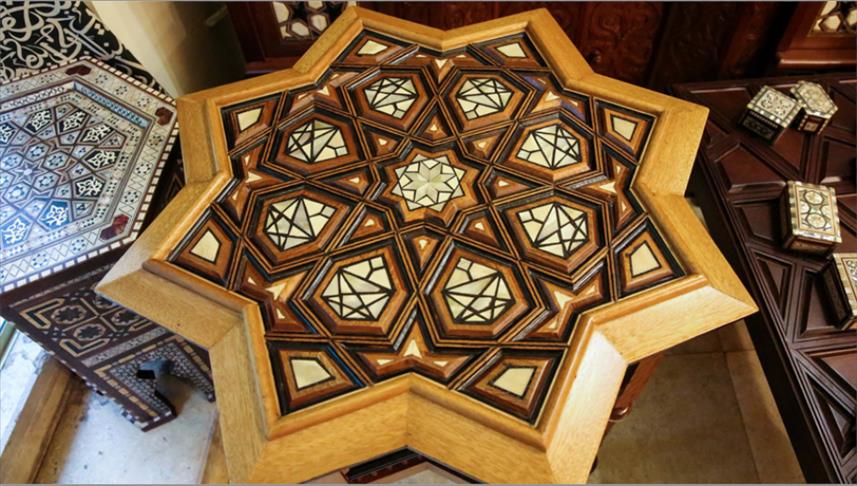
Arabesque remained an essential craft and art in Egypt throughout Fatimid, Ayyubid and Mamluki eras but as the Ottoman Empire ruled Egypt the rich Sultans of the Ottoman Empire started to ship the Egyptian artists to Istanbul to move this Fascinating art to their nascent civilization.
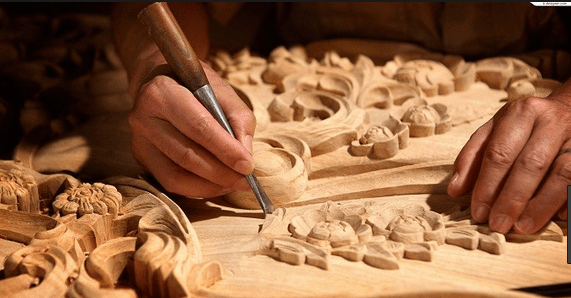
Historians argue that the movement of the Egyptian artists to Istanbul was forced and grotesque and so many of those artists never came back to their homeland, making it an art enslavement.
With that the Arabesque art spread with the empire reaching every corner in the Islamic world and transform to variable versions in variable corners in the Islamic/Ottoman empire.
Arabesque in the modern world
In Al-Darb Al-Ahmar neighbourhood, in old Cairo you can visit workshops from a different time, where Egyptian artists and craftsmen remain loyal to the art.
Yet Engineer Ahmed Abdel-Wahab who is an owner of arabesque workshop, told us that this fine craft is dying as no one is willing to learn it today, and the main demand on these products comes from outside of Egypt, but the craft requires the state’s attention through supporting the craftmen to keep Arabesque alive.


